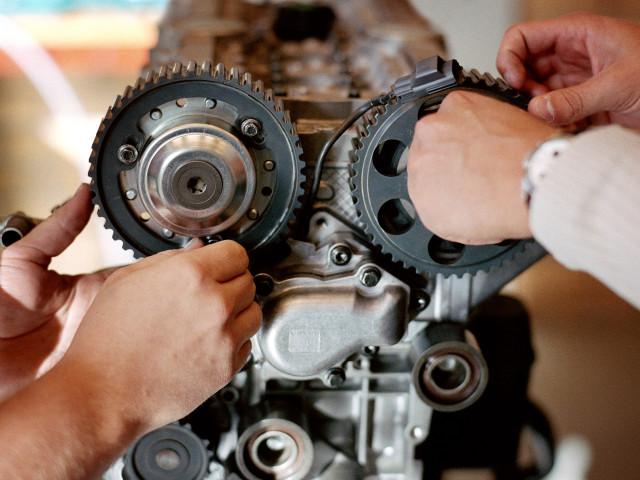- Vibrations, modal analysis and machine dynamics
- Tools, materials, tool coatings and tool design
- Processing Economics, tool wear and optimization of cutting data
- Forging and sheet metal forming processes
- Unconventional manufacturing processes
- Verification of complex parts with CMM
- Clamping
On successful completion of this course you will be able to:
- account for cutting and forming processes, including unconventional methods
- calculate the economic cutting conditions
- explain the causes of tool wear
- conduct a modal analysis and calculate the natural frequency and damping
- to produce a stability diagram for the manufacturing processing of a slender shaft
- interpret toleranced engineering drawings and plan and carry out a measurement of a part in a coordinate measurement machine
- suggest an improved manufacturing process from analysis of measurement data
- propose and justify the tool geometry, tool materials and coatings for typical processing cases
- summarize the results of measurements in a laboratory report
